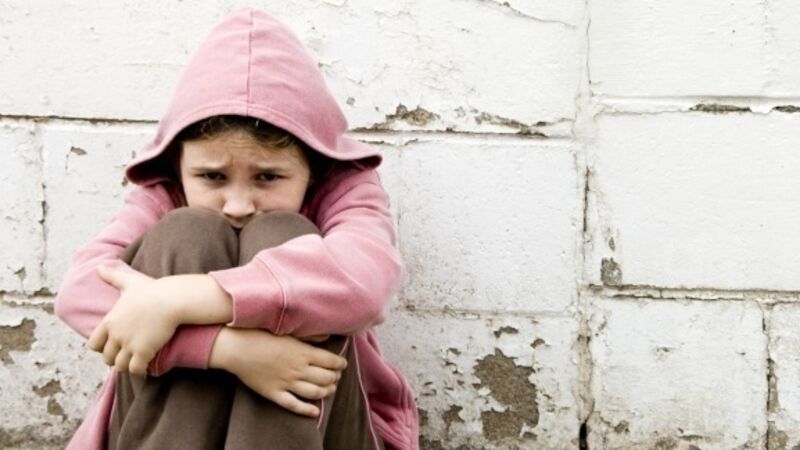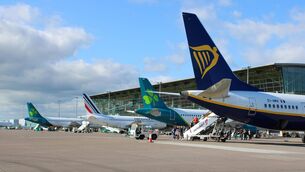Almost 139,000 children living in consistent poverty in Ireland

Barnardos has said it is distressing that child poverty rates remain “stubbornly high” at a time when Ireland’s economy continues to thrive.
Poverty figures published by the Central Statistics Office show one in nine children here continues to live in consistent poverty.
The child poverty rate has not changed significantly over the last two years despite continued growth in the economy, an increase in average incomes and a fall in unemployment.
Barnardos head of advocacy June Tinsley said yet again there was shockingly little progress in tackling child poverty in Ireland.
“In one of the wealthiest countries in the world it is a stain on our prosperity that almost 139,000 children are living in consistent poverty,” said Ms Tinsley.
The Government is committed to lifting 100,000 children out of poverty by 2020, but with numbers failing to shift significantly that was unlikely to be achieved, she said.
Ms Tinsley said that families and children stuck in a poverty trap were more likely to become homeless.
“It is notable that in 2016 those living in rented accommodation are significantly more likely to be living in consistent poverty than those living in homes that they own,” she said.
“Particularly worrying is the ongoing fact that lone-parent families experience a dramatically higher rate of poverty and deprivation than two-parent households.”
Half of one-parent families are living in deprivation, and this means that they may not be able to keep their house sufficiently warm, they cannot replace worn-out furniture; they are going without good shoes or warm, water-proof jackets.
Those living in households with one adult and one or more children aged under 18 had the highest deprivation rate last year, at just over 50%. It is almost three times higher than two-parent families.
Daniel worries more than any 6 year old should.
— Barnardos Ireland (@Barnardos_IRL) December 19, 2017
Daniel is homeless this Christmas.
We can’t give him his old home back but with your support we can be there for Daniel this Christmas; https://t.co/xM176tHQbr#MondayMotivation pic.twitter.com/z3hzMnbZv9
“This is not inevitable,” said Ms Tinsley. “It is the result of poor decision-making by policymakers who favoured tax cuts over investments in key public services.”
Enforced deprivation was experienced by just over one in five of the population last year, down from over one in four in 2015 but the deprivation rate for those at risk of poverty was 50.7%, down slightly from 51.5% in 2015.
The most common types of deprivation experienced are an inability to replace worn- out furniture (21.1%); afford a morning, afternoon, or evening out in the last fortnight (15.5%), and have family or friends over for a drink or meal once a month (13.9%).
Director of Social Justice Ireland, Seán Healy, said there was little movement on poverty despite very substantial improvements in the economy.
“That is not an accident,” said Dr Healy. “It is because we are not putting enough effort into reducing poverty. We are not giving it sufficient priority.”
Despite some small improvements in poverty and deprivation rates, over 790,000 people are living in poverty in Ireland of which over 250,000 are children.
The Survey on Income and Living Conditions (SILC) also showed that social welfare was critical in addressing poverty.
“Without social welfare payments, 44.9% of Ireland’s population would be living in poverty, instead of 16.5%. Such an underlying poverty rate suggests a deeply unequal distribution of income,” said the survey.













